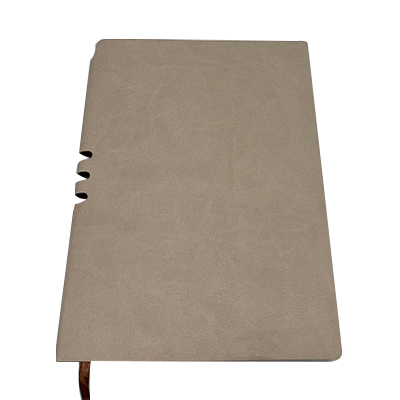What are the cost considerations associated with White Back Duplex Board Paper?
Raw Material Costs:
The primary cost consideration for white back duplex board paper is the raw material itself. Duplex board paper is made from layers of recycled fibers combined with chemical additives. The cost of these raw materials, including pulp, chemicals, and recycled fibers, can fluctuate based on factors such as supply and demand, transportation costs, and environmental regulations. It is essential for manufacturers and buyers to closely monitor these market dynamics to anticipate any potential cost fluctuations.
Quality and Specifications:
The quality and specifications of white back duplex board paper directly affect its cost. Higher grades of duplex board paper with superior strength, whiteness, and surface finish typically come at a higher price. Specific requirements, such as thickness, coating, and printing compatibility, can also impact the cost. It is crucial to strike a balance between the desired quality and the intended application to optimize cost without compromising performance.
Manufacturing Process:
The manufacturing process of white back duplex board paper involves several stages, including pulping, refining, sheet formation, drying, and coating. Each stage incurs costs related to machinery, energy consumption, labor, and maintenance. Manufacturers need to streamline the production process, minimize waste, and implement efficient operational practices to reduce costs and improve profitability. Investing in modern machinery and adopting eco-friendly practices can also contribute to cost optimization in the long run.
Order Volume and Lead Time:
The volume of white back duplex board paper required and the lead time for production and delivery are significant cost considerations. Ordering in bulk can often lead to economies of scale and lower per-unit costs. However, it is important to balance the inventory levels to avoid excessive storage costs and potential material wastage. Additionally, planning ahead and allowing ample lead time for production and shipping can help negotiate better prices and prevent rush orders that incur higher expenses.
Environmental Regulations and Sustainability:
Increasing awareness of environmental issues has led to the implementation of stricter regulations in the paper industry. Compliance with environmental standards may involve additional costs for waste management, pollution control measures, and sustainable sourcing of raw materials. Adopting sustainable practices, such as using recycled fibers and implementing efficient recycling programs, can not only help meet regulatory requirements but also enhance the brand image and reduce long-term costs.

 English
English Deutsch
Deutsch Français
Français Español
Español русский
русский عربى
عربى





